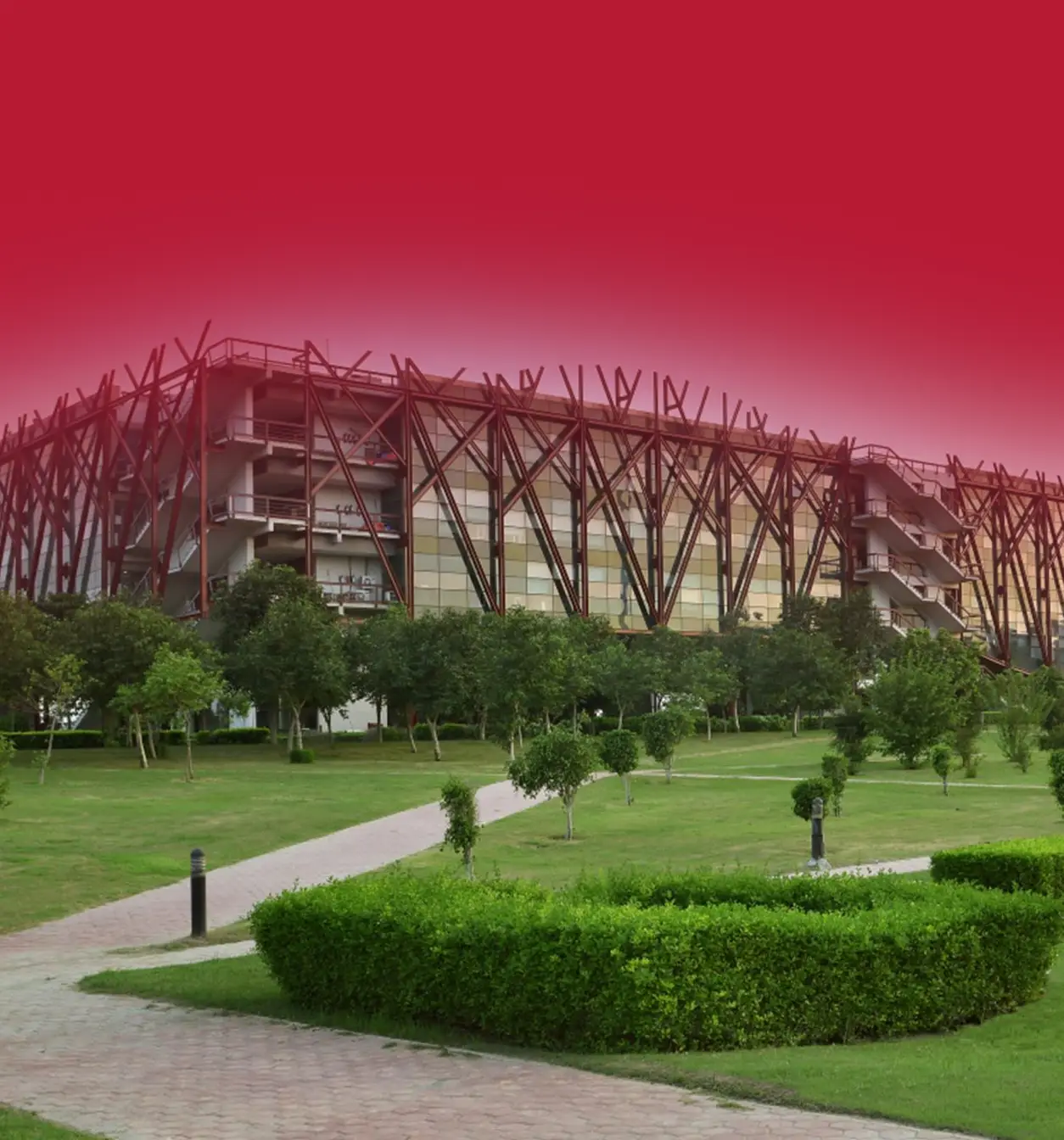Table of Contents
Architecture and construction have a long and uncharted history that can be traced back to the Neolithic era, approximately 10,000 years ago. Over the years, architecture has evolved periodically, through the rise and fall of civilisations and great empires, and even the materials, methodologies and designs in architecture have changed in accordance with the times. The 21st-century architecture courses are a lot more focused on providing complete theoretical knowledge along with practical exposure for developing the necessary skills required in the professional setting.
Brief History of Architecture as an Academic Discipline
Since the Neolithic times, many historic civilisations, like the Indus Valley Civilisation with the ahead-of-its-time city drainage systems, Greek & Roman architecture such as the Parthenon & Colosseum, Egyptian pyramids, Renaissance architecture, Victorian architecture, have all led the way to the modernist functional designs that we see everywhere.
An academic approach to architecture was developed in 1671 in France, under the reign of King Louis XIV, with the establishment of the first school exclusively dedicated to teaching architecture, named Académie d’Architecture. The school went on for a century, and the next school, École des Beaux Arts, was founded in 1807, modelled after the previous institutions.
Each era, kingdom, dynasty or civilisation was often differentiated based on specific architectural structures and patterns. These ancient structures have remained a significant part of history and have been the inspiration for modern-day architectural styles and processes. The addition of numerous machines and technologies has immensely diversified the study and execution of architectural projects, and the recent academic models are crafted accordingly to meet the current demands.

Complete Overview of Architecture Courses at Jindal School of Art & Architecture
To pursue a career in architecture, students must begin with a comprehensive 5-year undergraduate programme that lays the foundation for understanding the principles and practices of the field. This academic journey covers core areas such as architectural theory, design, history, environmental studies, technology, and management—providing students with the essential tools to navigate and contribute meaningfully to the profession.
The Jindal School of Art & Architecture (JSAA) offers a distinctive curriculum that combines carefully curated majors and minors designed to enhance both theoretical knowledge and practical skills. The Council of Architecture (CoA)-approved Architecture Programme at JSAA includes a wide array of subjects such as historic preservation, site planning, climate resilience, adaptive reuse, advanced structural systems, environment and ecology, public health, building information modelling (BIM), research methods, and project management.
In addition to the majors, students can pursue minors in specialised areas such as urban planning, history and theory, urban studies, building technology, and landscape architecture. These minors provide focused expertise that can be further explored in advanced studies or applied directly within professional practice.
Bachelor’s of Architecture: Building a Foundation for Future Architects
At the Jindal School of Art & Architecture, the CoA Architecture Programme pays great attention to building a fundamental idea of architectural studies and its various specialisations. Such architecture courses are dedicated to preparing every student for a practical and professional career in the world of architecture.
JSAA has a specific focus on developing practical and technical skills, incredibly necessary for the professional set up. For this, the students gain work experience through various internships and exchange programmes, an exposure to real-world architectural practices and have the chance to work alongside industry experts and the best architects of the country.
Eligibility, Selection & Scope of Architecture Courses at JSAA
To apply for the CoA Architecture Programme at JSAA, the students with a background in physics, maths, chemistry must secure a minimum of 50% in class 12th examination an Indian or recognised international board.
After obtaining an architecture degree, the graduates immediately become licensed architects and start their professional journeys right away. Otherwise, they can also choose to pursue higher studies that will allow them to specialise in core areas and find a job in the same field.
As an architect with experience and skills, they can work for government or private organisations or with NGOs, developing innovative projects. For more information on various architecture courses offered by the Jindal School of Art & Architecture, please visit their website or contact their office.





